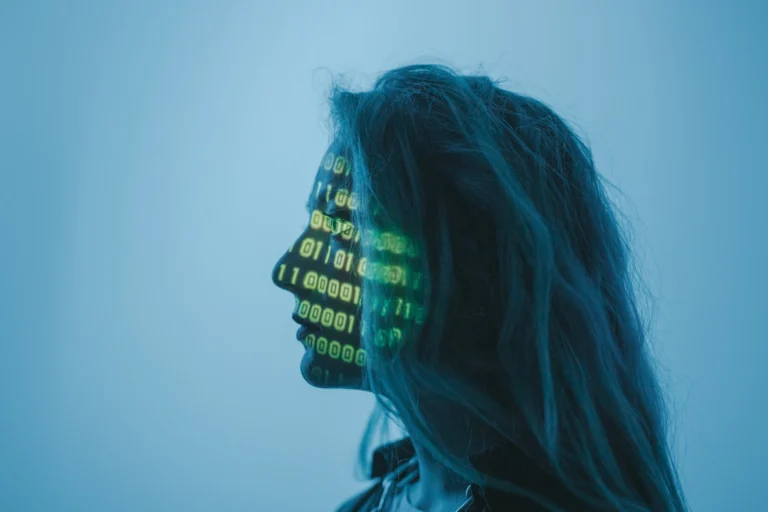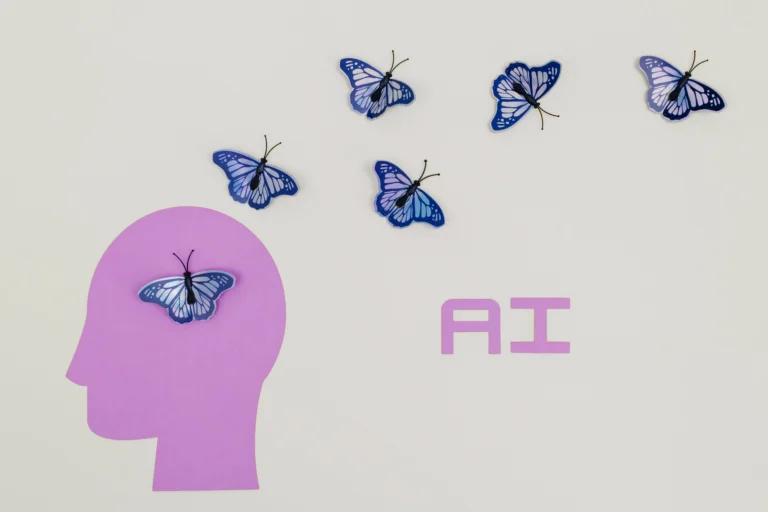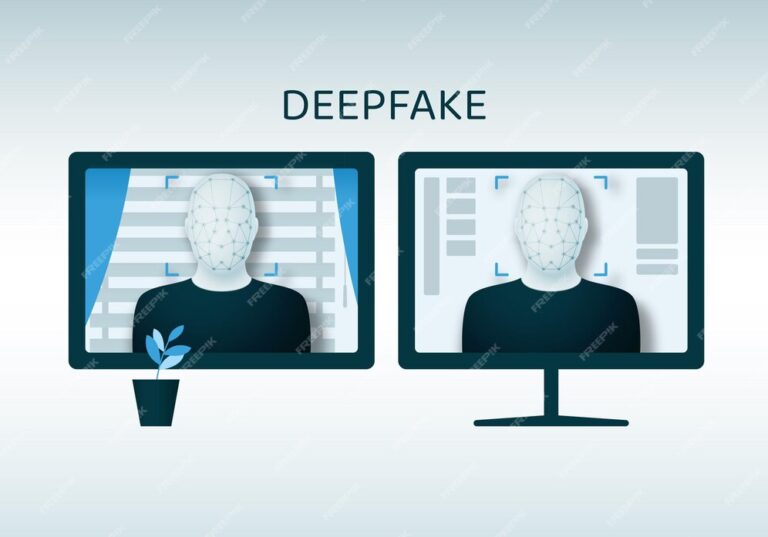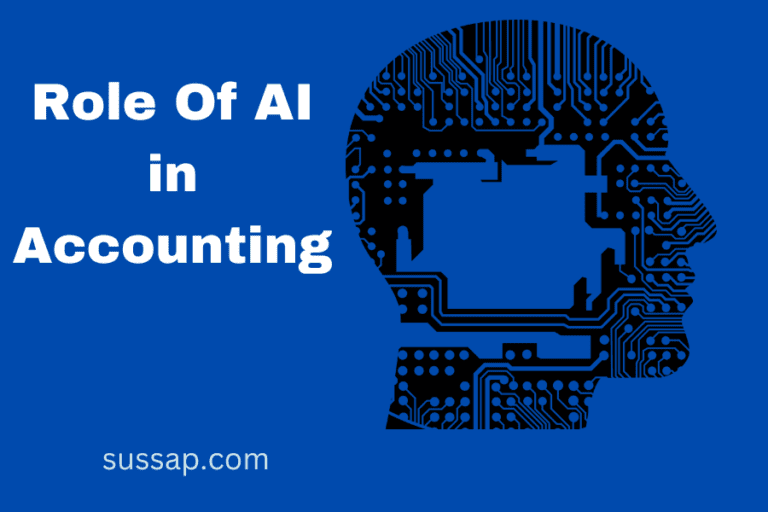ChatGPT, an AI chatbot created by OpenAI, has taken the world by storm since its release in November 2022. Its ability to generate human-like responses has made it popular among students and professionals for various applications including content writing.
However, this has also raised concerns about academic integrity as students may be tempted to use ChatGPT to write their assignments. So can plagiarism detection software like Turnitin detect if an assignment was written by ChatGPT? Let’s find out.
What is Turnitin?
Turnitin is a popular plagiarism detection service used by schools and universities worldwide. It compares the submitted work against its extensive database of webpages, academic journals, books, and student paper submissions to check for similarities.
Turnitin generates an originality report highlighting text similarities found. It also gives a percentage indicating how much of the submitted content matches existing sources.
In April 2023, Turnitin introduced AI writing detection capabilities across its several products.
Can Turnitin detect ChatGPT?
Yes, Turnitin can detect content generated by AI tools like ChatGPT to a large extent.
In April 2023, Turnitin released an update to combat the growing use of AI text generators like ChatGPT for academic submissions. Their systems can now identify AI-generated text with high accuracy.
More than 2.1 million teachers and 11,000 educational institutes and universities will benefit from this updated feature that ensures the quality work of 62 million students.
How does Turnitin detect content created by ChatGPT?
Writing pattern analysis: Turnitin looks for peculiar writing patterns and styles characteristic of AI models like overuse of filler words, repetitive structures, etc. that differentiate them from human writing.
Content comparisons: The content generated by ChatGPT is compared against Turnitin’s massive databases to identify probable matches.
Metadata checks: Turnitin looks for authorship metadata linked to AI models.
AI pattern recognition: Advanced algorithms identify patterns like content inaccuracies, lack of citations, etc. that are common in AI-created text.
Constant updates: Regular updates ensure Turnitin stays on top of new developments in AI language models.
Turnitin claims over 98% accuracy in detecting writings from ChatGPT and other AI tools.
How Does Turnitin Work?
- Students submit their written assignments to Turnitin via the class portal.
- Turnitin matches text in the assignment to text in its databases of content sources using pattern recognition algorithms.
- It flags areas of overlap and generates an originality report.
- The report highlights text matches found and provides a percentage similarity score.
- Instructors review the Turnitin report to determine if plagiarism has occurred.
Turnitin merely detects text similarities. The final decision on plagiarism rests with instructors based on the originality report and their assessment.
Limitations of Turnitin in detecting ChatGPT
However, Turnitin isn’t foolproof. There are scenarios where Turnitin may fail to detect ChatGPT-generated text:
- Works based on niche topics may not have enough matchable content in the Turnitin database.
- Smaller AI-generated portions in otherwise original submissions.
- The AI model may be fine-tuned or trained on specific topics or the student’s past submissions, making detections harder.
So while Turnitin can pick clear cases of using ChatGPT for entire submissions, it may miss instances where ChatGPT is used discreetly along with original content.
Can you outsmart Turnitin?
Yes, it is possible to outsmart Turnitin on the surface, but doing so comes with significant risks and challenges.
Turnitin now employs advanced AI capabilities on top of its extensive database to detect text matches. Its algorithms are constantly updated to identify patterns indicative of plagiarism, including paraphrasing. Outsmarting it has become progressively difficult.
Any tactics like using esoteric sources, translating text to other languages or paraphrasing heavily could seem like they work initially. However, doing so without citations is still considered academic dishonesty.
Even if you avoid verbatim matches, Turnitin can flag paraphrased portions as potential plagiarism. Educators also closely review flagged submissions and can identify when a student’s writing style doesn’t match previous work.
The consequences of getting caught trying to outsmart Turnitin outweigh the perceived benefits. Plagiarism allegations can result in failing grades, disciplinary action, reputational damage, or even expulsion. This high-risk approach runs counter to the principles of academic integrity.
What Percentage Of Similarity Is Unacceptable In Turnitin?
There is no definitive rule on what percentage of similarity is automatically considered unacceptable across all institutions and assignments.
Turnitin generates an ‘originality report’ showing text matches found, but final determinations of plagiarism depend on institutional policies and instructor discretion.
However, some general guidelines are:
- A similarity score of under 15% is typically acceptable. Minor high matches could be quotes or commonly used phrases.
- Between 16-40% raises concerns of potential plagiarism depending on the nature of matches. Further review may be needed.
- Over 40% similarity suggests heavy plagiarism. However, instructor judgment based on the matched sources is important.
- For crucial assignments, some institutions take a stringent view and go as low as 10% similarity.
- For large assignments, higher matches such as 30% could be flagged if plagiarism seems deliberate.
- Matches with current student papers or questionable internet sources face more scrutiny.
So an acceptable Turnitin percentage depends on factors like assignment type, institutional policies, instructor expectations, and the quality of flagged matches.
While high scores like 60%+ would nearly always be unacceptable, lower scores like 20% may be okay if matches aren’t extensive text copies from concerning sources.
How Can Instructors Detect the Use of Chat GPT?
Here are some points that instructors can use to detect if students are using ChatGPT for their assignments:
- Look for changes in writing style and quality that seem unusual for the student based on past work. Writing generated by ChatGPT often has a distinctive style.
- Analyze the structure of the submitted work. Does it follow an atypical 5-paragraph essay structure or has oddly organized arguments for the student’s level?
- Assess the vocabulary used. Is it overly complex or sophisticated compared to the student’s normal work?
- Check for lack of consistent tone or flow in the writing. ChatGPT generated text can often be disjointed when you look closely.
- Are there anachronisms or factual inconsistencies that seem unusual? ChatGPT can incorporate inaccurate or dated information.
- See if there are missing citations for facts or sources. ChatGPT does not cite automatically in most cases.
- Look for overuse of quotations and sources to hit word counts rather than original analysis.
- Compare plagiarism detection software results to look for anomalies.
- Ask probing questions and see if the student can meaningfully discuss their submitted work.
How Can Students Use ChatGPT Responsibly?
Here are some tips for students for using ChatGPT responsibly without crossing academic integrity lines:
- Treat ChatGPT as an assisting tool, not as the main creator.
- Use it for brainstorming ideas and outlines only. Do your own research and write your assignments.
- Ask ChatGPT to provide sources or citations rather than full paragraphs.
- Run short extracts through ChatGPT but do the majority of writing yourself.
- Never copy ChatGPT’s work verbatim. Paraphrase thoroughly if summarizing concepts.
- Edit and add your own thoughts and voice to anything generated by ChatGPT.
- Use citations if you include information provided by ChatGPT.
- Verify accuracy of information given by ChatGPT using reliable sources.
- Understand risks around passing off AI work as your own before using it.
How are educators responding to ChatGPT?
Many educators see ChatGPT as a disruptive force in academics. However, instead of banning it altogether, they recommend navigating it responsibly.
Some ways educators are responding:
- Making adjustments to assignments to test true comprehension of concepts over recall alone.
- Looking beyond essays and focusing more on research papers, presentations, projects, exams etc.
- Being open about the existence of AI tools and discussing responsible usage with students.
- Using AI to supplement teaching, not replace it.
- Updating academic honor codes for responsible AI use.
- Embracing AI support tools like citation generators, grammar checkers etc. with oversight.
- Using plagiarism checkers as deterrents.
- Frequently changing test questions and assignment topics.
- Manual review along with plagiarism checking. Looking for changes in writing style and quality.
The consensus is that working with students and using AI ethically leads to better outcomes than banning it outright. Turnitin and other detection tools also act as guardrails.
Related: Can Teachers, Professors, Schools Detect Chat GPT?
Why are educators concerned about ChatGPT?
ChatGPT’s text generating capabilities have sparked discussions around academic dishonesty. Students may be tempted to use ChatGPT to write their homework, assignments, essays or even research papers.
Some key concerns around use of ChatGPT for academics are:
- Students submitting AI-generated content as their own original work is unethical.
- It prevents learning as students lean on the AI instead of doing their own research and writing.
- The work created lacks the student’s own voice, style and skill level.
- Answers generated may contain biased, incorrect or poorly substantiated information.
- It provides students with an unfair advantage over others.
- To uphold academic integrity, institutions need to identify and discourage submission of AI-generated content. This is where plagiarism detectors like Turnitin come in.
The Ethical Implications Of Using Chat GPT
The rise of large language models like ChatGPT that can generate human-like text raises several ethical concerns:
Transparency and Attribution
There are questions around properly attributing text generated by AI systems if they are used to produce work submitted as one’s own. While ChatGPT disclosures its synthetic nature, ensuring transparency and proper attribution of AI-written text is an ethical obligation for users.
Academic Integrity
Submitting AI-generated text as original work raises issues of academic dishonesty. Strict policies around proper citation of ChatGPT and not using it to skirt academic standards may be needed. There are open questions around updating academic integrity rules in light of these new technologies.
Related: AI-Generated Content and Copyright
Bias and Safety
Like any AI system, ChatGPT carries risks of generating biased, incorrect or otherwise problematic outputs. Relying too strongly on what it produces without critique introduces risks. Evaluating its limitations and ensuring oversight is important for ethical use.
Economic and Social Impact
As text-generating systems become more advanced, they introduce potential disruption to industries like professional writing/journalism and the overall labor market. Monitoring and addressing their impact to ensure an ethical transition is crucial.
Developing principles and best practices around transparent attribution, adherence to academic honesty rules, bias evaluation, and weighing larger impacts can help promote the ethical use of AI language models like ChatGPT.





